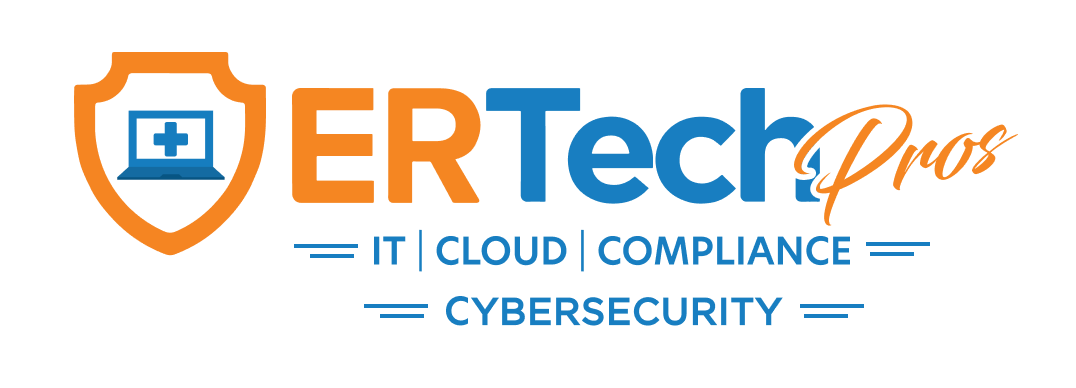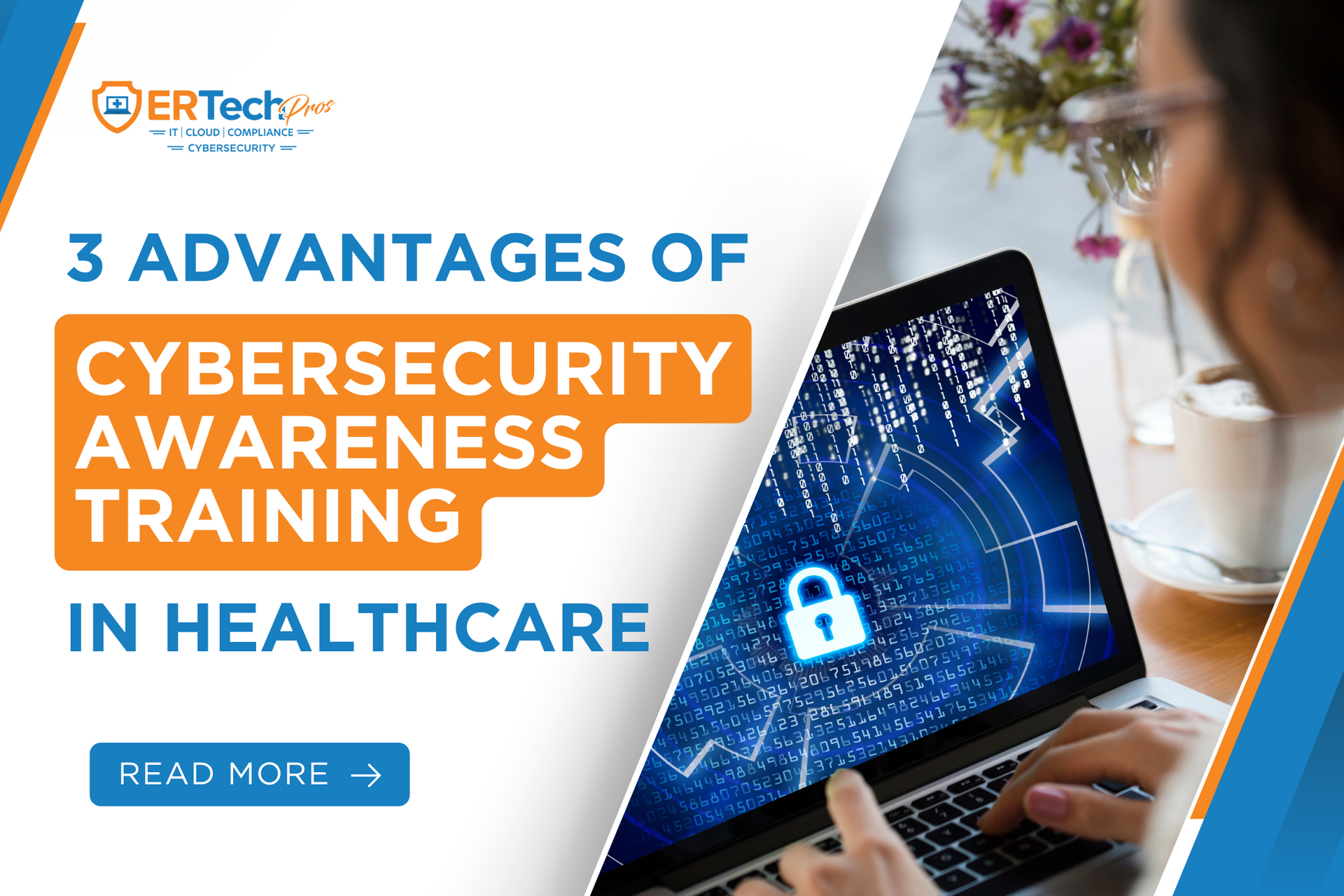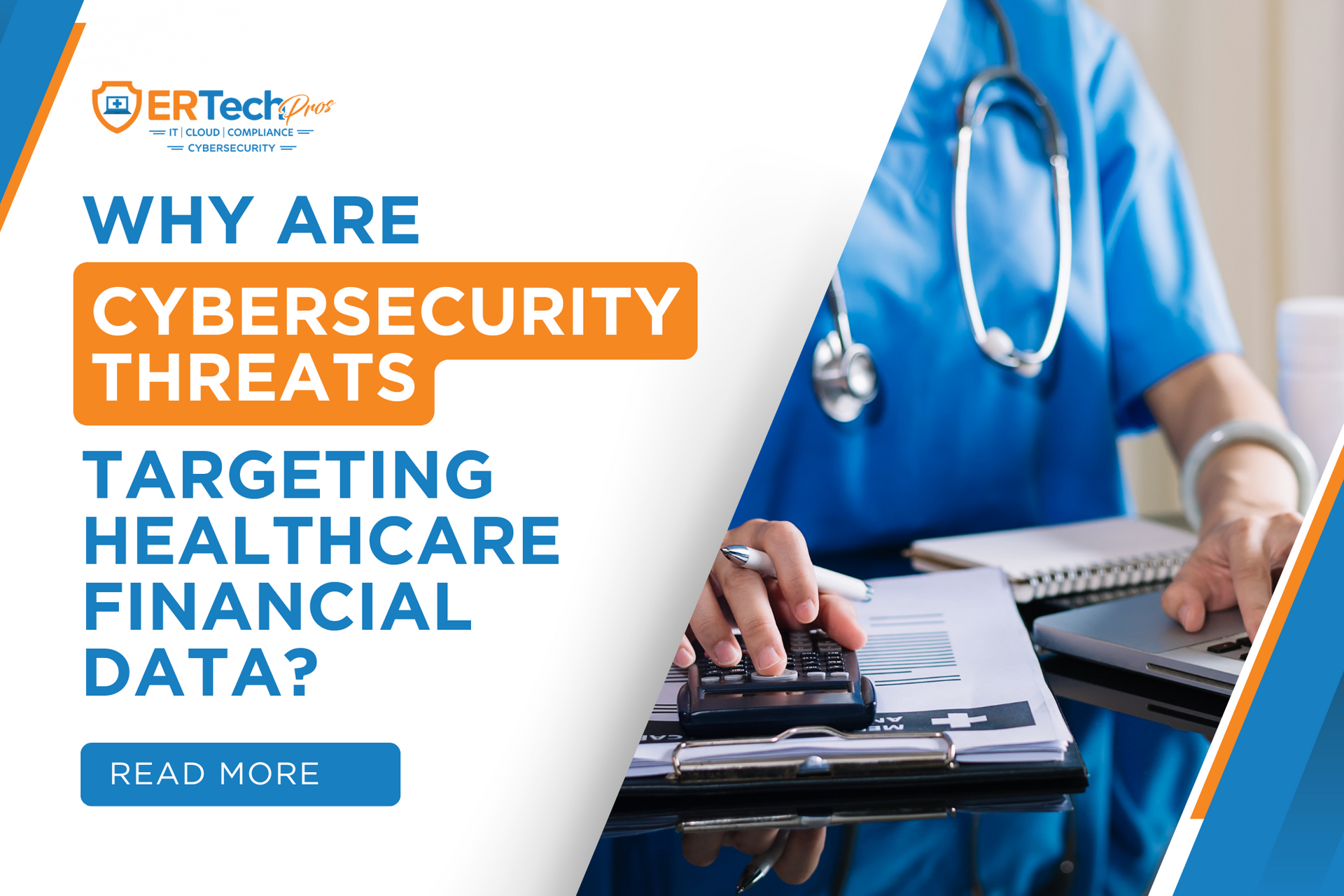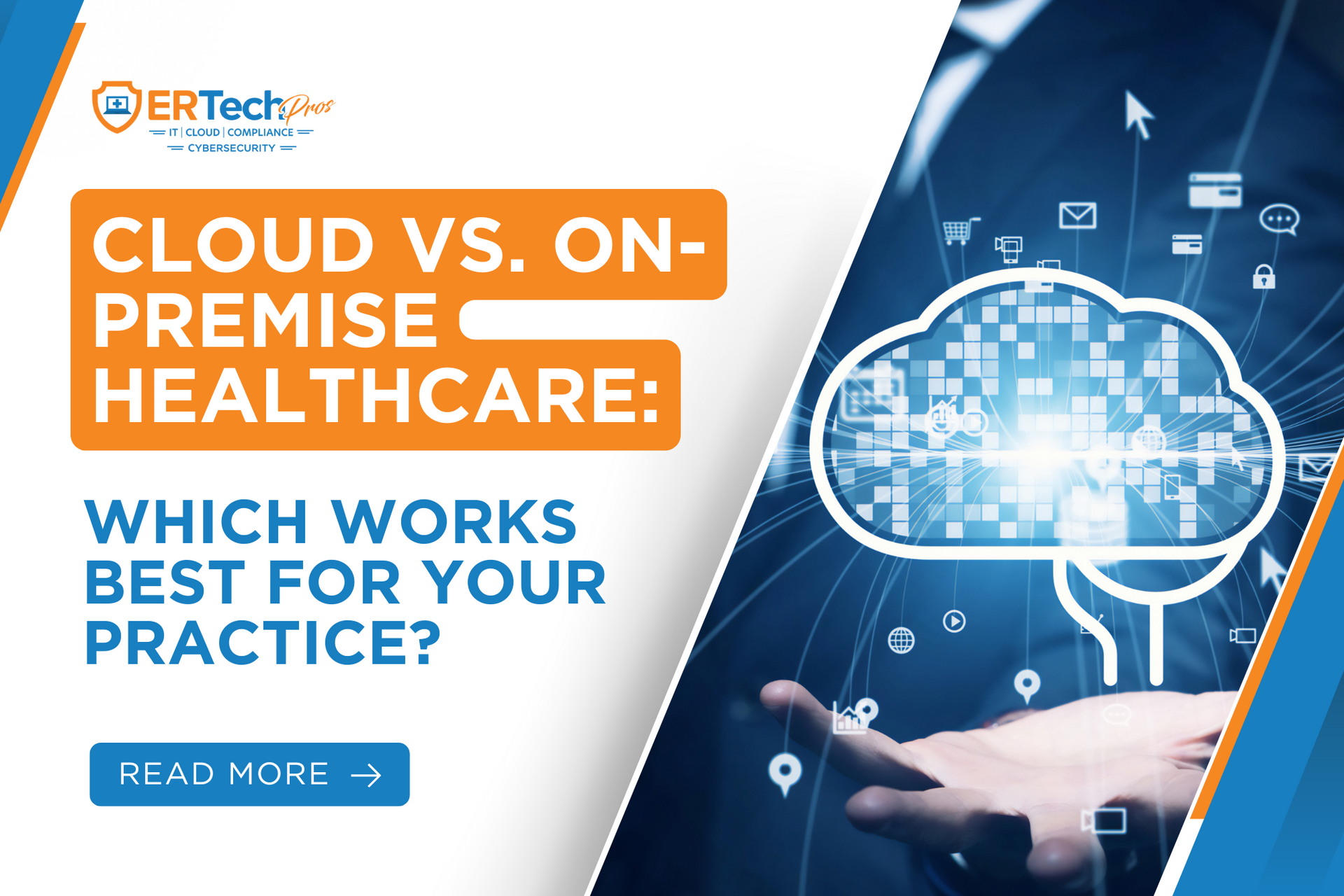No one likes getting hacked after clicking on a malicious link in an email. You might not know it, but there's a growing group of hackers that specialize in tricking people out of their personal or professional information.
You're probably already familiar with social engineering, but did you know that there's a subclass of this attack called reverse social engineering?
This article will take a look at reverse social engineering and what you can do about it.
What is Reverse Social Engineering?
A reverse social engineering attack has the same goal as a typical social engineering attack but takes a different strategy. It relies on human error rather than computer vulnerabilities.
This type of attack is less straightforward than other types because the attacker isn’t targeting a company's system, they’re targeting the people.
In this manipulation technique, the attacker establishes direct contact with the potential victim to coerce them into taking action, such as sharing sensitive information or transferring funds.
Typically, the attacker communicates with the target via email or social media, impersonating a person of authority to gain access to the system or network.
Despite its seemingly oversimple and old-fashioned nature, this malicious technique has proved highly effective, particularly with victims who lack cybersecurity training and whose systems lack adequate protection.
Reverse Social Engineering vs. Traditional Social Engineering
In a traditional social engineering method, attackers interact directly with their target.
However, in reverse social engineering attacks, the attacker presents themselves as a solution to the target's problem and then tricks them into handing over information that can be used to access their company systems.
How a Reverse Social Engineering Attack Takes Place
People are tricked into divulging their personal information in many ways, but some of the most common are phishing, spear phishing, vishing (voice phishing), and smishing (SMS phishing). These attacks often take place through fake websites and emails that look legitimate.
For example, an attack can begin with a phishing link. As soon as the victim clicks it, malicious software gets downloaded and starts causing damage to their computer. Then, the perpetrator contacts the victim claiming to be someone with authority. They may also trick the victim into contacting them first to gain their trust.
After that, they might offer to solve the problem for a cost. At times, they’ll even do it for free since getting into your system is much more valuable.
Once they gain access to the system, they fix the problem, and then create a back door for them to steal your personal information and keep track of your activities online.
What Makes a Reverse Social Engineering Attack Successful
Reverse social engineering attacks happen for a few reasons. These include:
Insufficient Cybersecurity Awareness and Training
It’s standard practice for organizations to have basic security policies that provide guidelines on protecting sensitive information, such as passwords and usernames. Yet, some employees don't know how important these policies are and what's at stake if they don't follow them.
Organizations are susceptible to reverse social engineering and other cyber attacks if employees lack basic
cybersecurity awareness. In this situation, it’s helpful to collaborate with those who can develop
healthcare-focused cybersecurity training.
Cybercriminals Taking Advantage of Human Weaknesses
A variety of factors can lead to someone disclosing sensitive information. Cybercriminals exploit human weaknesses all the time, and they often don’t need to use technical skills to do so.
Human beings are naturally drawn to clicking links and opening emails from unknown sources. This curiosity can prove fatal when attackers target you.
Reverse social engineering attackers know how easy it is to exploit people's weaknesses. They know what a person or company values most, and then trick the victims into giving up their resources or sharing confidential information.
The consequences of this attack are devastating and often irreversible. They can affect the lives of many people in your company, including your clients and employees. The impact is disastrous for everyone affected.
Inadequate Cybersecurity Procedures Within the Organization
Cybersecurity risk is already well understood by most organizations, and many have programs and procedures to manage it. However, some organizations don't test all of their programs as often as they should.
The failure to implement advanced security procedures can also expose an organization to reverse social engineering attacks.
Are You at Risk of a Reverse Social Engineering Attack?
The attackers are usually well-versed in the target organization's culture and know the types of information that employees can access.
They may also have knowledge about the people who work for the organization, including their names, email addresses, phone numbers, and even their birthdays.
The attackers will then spoof someone from your company or pretend to be a client and contact an employee requesting personal data or other confidential information.
Therefore, it’s essential to learn how to prevent reverse social engineering attacks in your medical practice.
If your medical practice is at risk of a reverse social engineering attack, you can do the following:
- The first step to take is to analyze the security of your practice. This includes assessing the ease of attack and what vulnerabilities might exist. A good way to evaluate the ease of attack is by looking at your website's homepage. If it doesn’t have a secure HTTPS connection, it's an easy target for a hacker.
- The second step is figuring out what vulnerabilities might exist in your practice. This includes looking at any unsecured medical records accessible on the Internet or any third-party software left open on an employee's computer.
- Lastly, you should ensure that you’re using strong passwords and
multi-factor authentication (MFA) to protect all of your devices and never click links from sources you don't know or trust.
How to Prevent a Reverse Social Engineering Attack
Reducing reverse social engineering attacks is possible with security systems that filter out phishing emails. However, the problem requires further attention. Organizations must raise employees’ awareness of this specific type of attack and establish proper operational procedures.
The following are four important ways to avoid being the victim of a reverse social engineering attack:
Maintain strict data security protocols.
A vital aspect of data security is maintaining strict protocols. Our medical records hold sensitive information about us, so we must take every precaution necessary to keep them safe.
We need to ensure that our staff members are aware of the importance of keeping patient data secure and confidential. We should also train our staff on how to identify suspicious emails, phone calls, and other forms of contact.
It's also crucial for us to have a strong password policy. We must use a combination of uppercase letters, lowercase letters, numbers, and special characters for our passwords to be as strong as possible.
Inform Your Staff Whom to Contact for Specific IT Issues
An employee should know whom to turn to for technical support and how to contact them.
Whenever they see a social engineering attempt, employees can cross-reference fake tech support information with legitimate ones. This way, your staff can alert your cybersecurity experts so they can take the appropriate steps to resolve the problem.
To simplify this process, a
single point of contact for all IT, cloud, and cybersecurity issues is ideal. Availability around the clock is also recommended.
Separate Internal Identifiers to Reduce the Risk of Identity Theft
Before gaining entry, individuals are required to authenticate themselves by providing specific ID numbers. For some organizations, this could be the employee's Social Security or passport number, which a hacker could obtain from outside your organization.
For this reason, it is advisable to use internal identifiers that are unique to your organization.
Provide a Comprehensive Cybersecurity Awareness Program
The risk of reverse social engineering and other cyberattacks on organizations should be made clear to employees through regular
cybersecurity training sessions and
simulated phishing campaigns.
Comprehensive cybersecurity awareness training can help your staff detect signs of a potential attack, practice good cyber hygiene, and know what to do if they suspect they have been targeted.
Combat Reverse Social Engineering and Other Threats With Improved Cybersecurity
Because medical data is so valuable, the healthcare industry is among the most common targets for frauds and attacks. Criminal organizations deploy reverse social engineering waiting for their perfect opportunity to attack.
Many IT companies claim to provide protection from cyberattacks. However, the company's generic solution isn’t built to withstand threats unique to the medical field. This puts your practice at serious risk.
Our cybersecurity solutions are geared toward healthcare. Plus, we help you devise healthcare cybersecurity training tailored to your clinic's needs to equip your staff with the knowledge to combat cyber threats.
Reach out to one of our cybersecurity experts for a free consultation.














